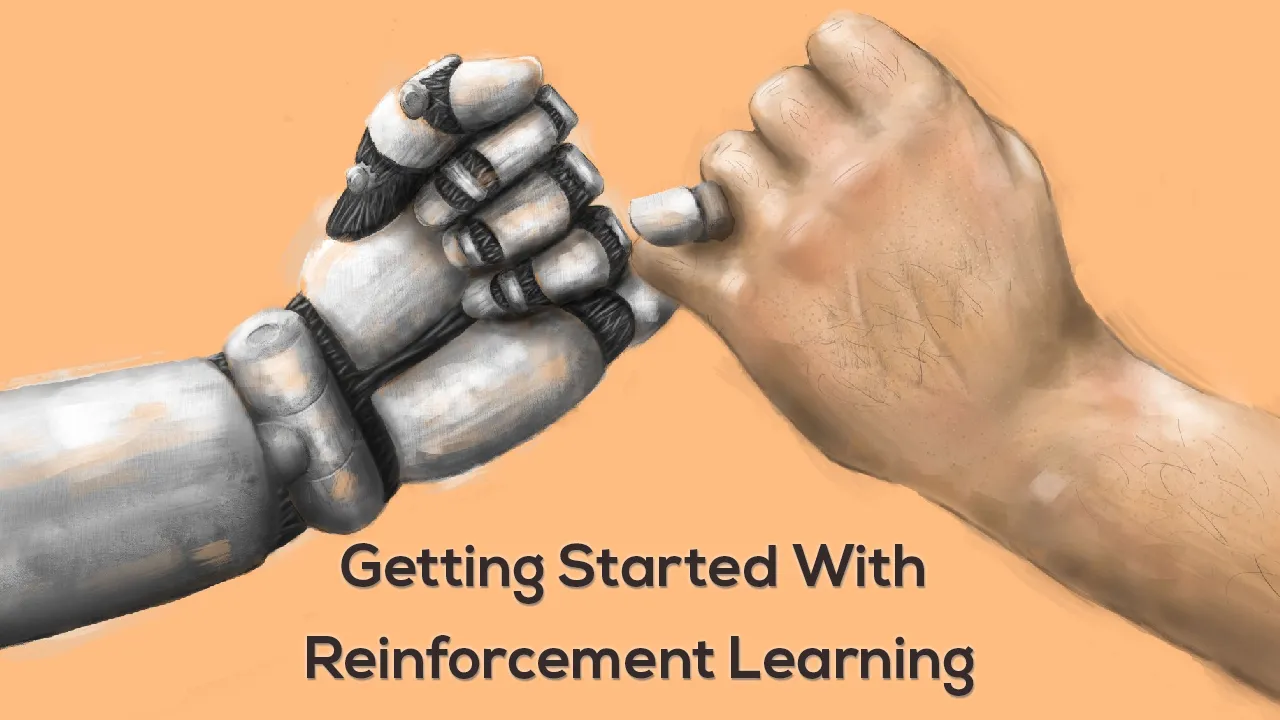Demystifying some of the main concepts and terminologies associated with Reinforcement Learning and their association with other fields of AI
Introduction
Today, Artificial Intelligence (AI) has undergone impressive advancements. AI can be subdivided into three different levels according to the ability of machines to perform intellectual tasks logically and independently:
- Narrow AI: machines are more efficient than humans in performing very specific tasks (but not trying to perform other types of tasks).
- General AI: machines are as intelligent as human beings.
- Strong AI: machines perform better than humans in different ambit (in tasks that we might or not be able to perform at all).
Right now, thanks to Machine Learning, we have been able to achieve good competency at the Narrow AI level. There are three main types of machine learning algorithms used:
- Supervised Learning: using a labelled training set to train a model, to then make predictions on unlabelled data.
- **_Unsupervised Learning: _**giving a model an unlabelled data-set, the model has then to try to find patterns in the data to make predictions.
- Reinforcement Learning: training a model trough a reward mechanism to encourage positive behaviours in case of good performance (particularly used in agent-based simulations, gaming and robotics).
Reinforcement Learning, is now considered to be the most promising technique in order to move to the next level in the AI paradigm
Reinforcement Learning (RL)
One of the reasons why Reinforcement Learning has gained so much interest today, is its interdisciplinarity. The core concepts of this area, follow in fact basic game theory, evolutionary and neuroscience principles.
Compared to all the other forms of Machine Learning, RL can, in fact, be considered to be the closest approximation in trying to replicate how humans and animals learn throughout time.
Reinforcement Learning advocates that the main way which humans most commonly use in order to learn is by using their sensors and interacting with an environment (therefore without necessarily external guidance, like in supervised learning, but by a trial and error process).
On a daily basis, we try to accomplish new tasks and depending on the results of our attempts we affect the environment around us. By assessing our attempts we can then learn through experience to identify which actions gave us greater benefits (and therefore are most convenient to repeat) and which ones should instead be best to avoid. This iterative process is summarized in Figure 2 and represents the main workflow of most Reinforcement Learning based algorithms.
An agent (eg. software bot, robot) is placed in an environment and by interacting with it can learn, receive new stimulus and create new states (eg. unlock a new scenarios or modify the structure of the exstisting ones). Every action of our agent is then associated with a reward value assessing its efficacy towards achieving a predefined goal.
#ai & machine learning #started #reinforcement learning
